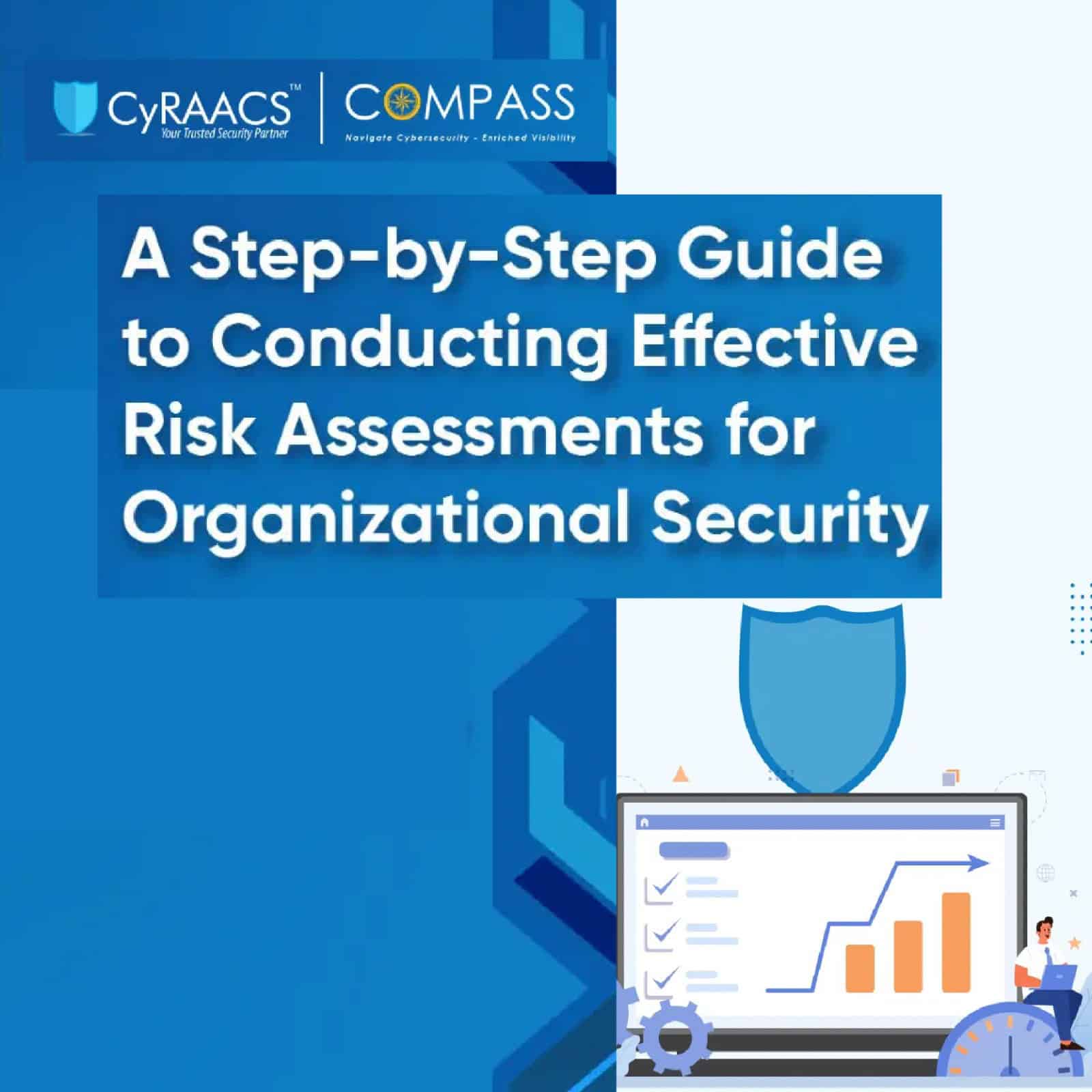Information security is a critical concern for organizations in the digital age, as the proliferation of data and technology brings new vulnerabilities and threats. To safeguard sensitive information, organizations must conduct information security risk assessments. This comprehensive guide will walk you through the key steps and best practices involved in conducting an effective information security risk assessment, ensuring the confidentiality, integrity, and availability of data.
A methodical procedure known as risk assessment finds, assesses, and eliminates possible dangers and threats to the information assets of a company. In order to help organisations make wise decisions and deploy resources efficiently, it entails evaluating the possibility and impact of security incidents and vulnerabilities. The following are the necessary actions and recommended procedures for carrying out risk assessments:
- Defining the Scope
It's critical to establish the parameters and context before beginning a risk assessment, this phase involves the following tasks:
- Define Objectives: Establish the risk assessment's aims and objectives. The method is guided by these goals throughout.
- Scope Definition: Clearly state the information assets, systems, and processes that will be assessed as part of the assessment's scope.
- Identify Stakeholders: Key stakeholders should be identified and included these can include senior management, data owners, IT specialists, and attorneys.
- Compliance consideration: Identify relevant regulatory requirements, industry standards, and legal obligations that your organization must comply with.
- Identify Assets and Information Flows:
The second step involves identifying the information assets and understanding how they flow through the organization:
- Asset Inventory: Data, hardware, software, and network infrastructure should all be included in an inventory of information assets.
- Data Classification: Categorize data based on its sensitivity and criticality. This classification is essential for prioritizing risks.
- Data Flow Analysis: Create a map of the information flow inside your company to find important points of contact and possible weak points.
- Identify Threats and Vulnerabilities:
During this stage, you determine possible dangers and weaknesses that can jeopardise your data assets:
- Threat Identification: Determine which external factors, such as internal threats, natural catastrophes, cyberattacks, and data breaches, could compromise the information held by your company.
- Vulnerability Assessment: Determine any gaps in your information security procedures, technology, and controls that adversaries might exploit.
- Attack Vector Analysis: Examine the ways in which threats might utilise weaknesses to obtain unapproved access to data assets.
Evaluation of the possibility and consequences of threats and vulnerabilities is a component of risk assessment.
- Likelihood Assessment: Calculate the likelihood that a danger will take advantage of a weakness. Both qualitative and quantitative methodologies can be applied to this.
- Impact Analysis: Assess the possible outcomes, such as monetary loss, harm to one's reputation, or legal ramifications, in the event that a risk comes to pass.
- Risk Scoring: To assign risk levels according to likelihood and impact, use a risk matrix or scoring model. This aids in risk prioritisation.
- Calculate Inherent Risk Rating and Residual Risk Rating: Calculate the Inherent Risk Rating and then calculate the Residual Risk Rating by evaluating the controls and compensatory controls in place for that Risk. Then evaluate it against the set threshold to see if the risk is acceptable or not.
- Risk Evaluation and Prioritization:
Once risks have been identified, it is critical to rank them according to importance:
- Risk Evaluation: Consider your organization's risk tolerance and its ability to handle different levels of risk. This evaluation helps determine acceptable risk levels.
- Risk Prioritization: Risks should be ranked according to their risk scores, with the greatest possible impact and likelihood given priority.
- Critical Assets: Risks that could compromise vital resources or important corporate operations should receive extra attention.
- Develop Risk Mitigation Strategies:
Developing solutions to manage risks is essential after you've identified and prioritised them:
- Risk Mitigation Planning: For any high-priority risk, create a thorough plan of action. Think about corrective as well as preventive actions.
- Security Controls: To lessen the chance of hazards materialising and the effect if they do, put security controls and protections in place.
- Incident Response: To effectively manage and recover from security problems, create an incident response plan.
- Resource Allocation: Allocate resources, budget, and personnel to implement the risk mitigation strategies.
A risk assessment needs to be monitored continuously and reviewed on a regular basis:
- Continuous Monitoring: Evaluate new risks and keep a close eye on how well security procedures are working.
- Regular Reviews: Review your risk assessment on a regular basis to make sure it is still relevant and make any necessary updates.
- Incident Analysis: To enhance your risk assessment procedure and gain insights from security incidents and breaches, analyse them.
Organisations must proactively detect, assess, and mitigate possible threats to their information assets, which makes information security risk assessment an essential practise in today's digital world. Ensuring the security, integrity, and availability of data requires following a methodical approach, involving important parties, and abiding by best practises. Organisations across a range of industries can preserve their stakeholders' trust, abide by legal obligations, and protect sensitive data by carrying out efficient information security risk assessments.
Why should risk Assessments be conducted?
- To identify hazards and risks: A risk assessment is a systematic process of identifying, evaluating, and controlling hazards and risks. By conducting a risk assessment, we can identify potential hazards that may exist in our workplace, home, or environment. Once we have identified these hazards, we can then take steps to control them and reduce the risk of harm.
- To comply with legal and regulatory requirements: In many jurisdictions, it is a legal requirement for employers to conduct risk assessments. This is because employers have a duty of care to their employees to provide them with a safe and healthy work environment. By conducting risk assessments, employers can demonstrate that they are taking reasonable steps to meet this duty of care.
- To make informed decisions: Risk assessments can help us to make informed decisions about how to allocate resources and prioritize tasks as they are quantitative and allow us to prioritize risks that will have immediate impact on our organization easily. For example, if we identify a high-risk activity, we can allocate more resources to controlling that risk.
- Improve Risk Management framework within the organization: An IS risk assessment can help you to improve your overall risk management program. By regularly assessing your risks and taking steps to mitigate them, you can reduce the likelihood of a security incident and minimize the impact if one does occur.
How can COMPASS help?
COMPASS, a specialized lightweight platform, enhances your Internal Audit and external audit processes and user experience. Some of the benefits of using COMPASS include:
- In built Standards and Control Libraries with over 30+ International and Domestic Standards, including GDPR
- Dedicated Risk Assessment module for assessing risks within the organization
- Create and evaluate risks based on custom scoring models.
- Track Risks and assign Risk Owners and manage risks centrally.
- Centralised dashboard for statuses of the Risks for real-time monitoring.
- Import and Create risks in your risk registry with ease.
- Link Controls to Risks and update risk ratings.
- Centralized data and documentation for easier access and review.
- Enhanced communication between teams and risk owners.
- Enhanced communication and collaboration between auditors and auditees.
- Streamlined reporting, with instant audit report generation.
- Tracking of issues and exceptions for all issues identified during the audit.
- Continuous monitoring and real-time visibility into security risks and compliance status.
- Dashboards and analytics supporting data-driven decision-making.
Conclusion
Risk Assessment is a methodical process helps to identify, assess, and mitigate potential threats to your information assets, ensuring their confidentiality, integrity, and availability.
Key benefits of conducting an IS risk assessment include:
- Identifying and mitigating vulnerabilities and threats: Proactively identify potential weaknesses in your security posture before they can be exploited by malicious actors.
- Compliance with regulations and legal requirements: Demonstrate adherence to relevant regulations and industry standards, reducing the risk of fines and penalties.
- Prioritization of security investments: Make informed decisions about where to allocate resources for maximum impact on your security posture.
- Improved risk management: Gain a comprehensive understanding of your risk landscape and develop effective strategies to manage risks.
- Increased stakeholders buy-in: Foster a culture of security within your organization and gain valuable support from stakeholders.

